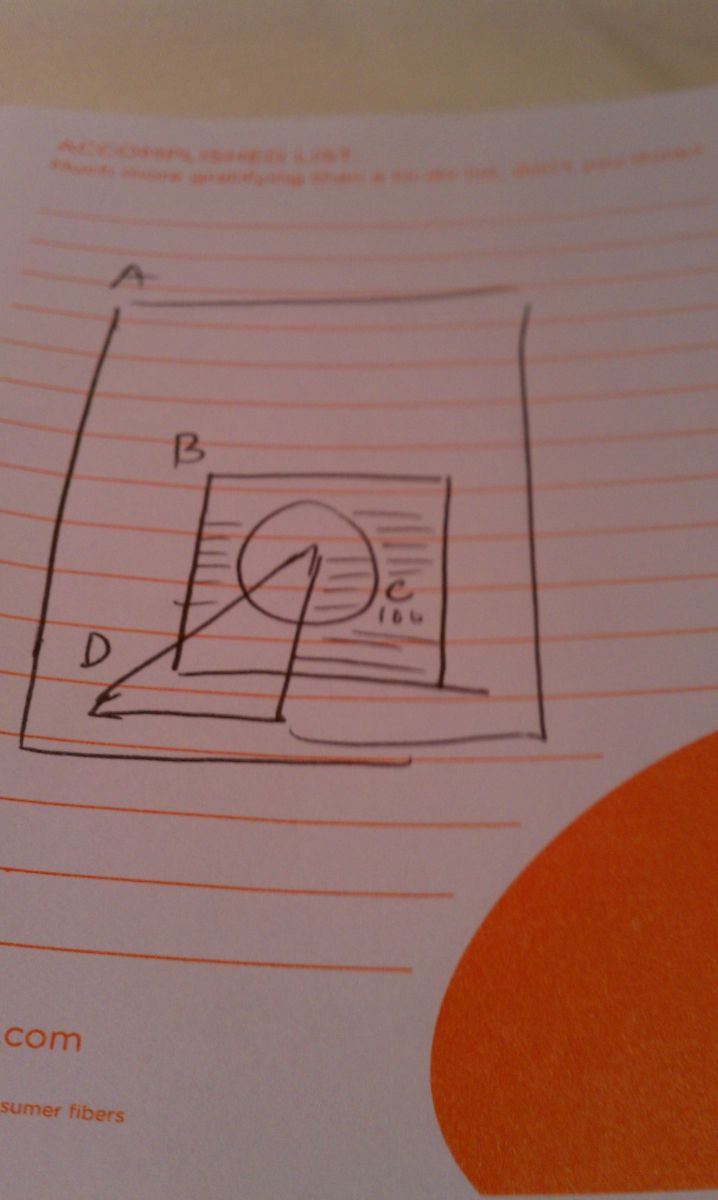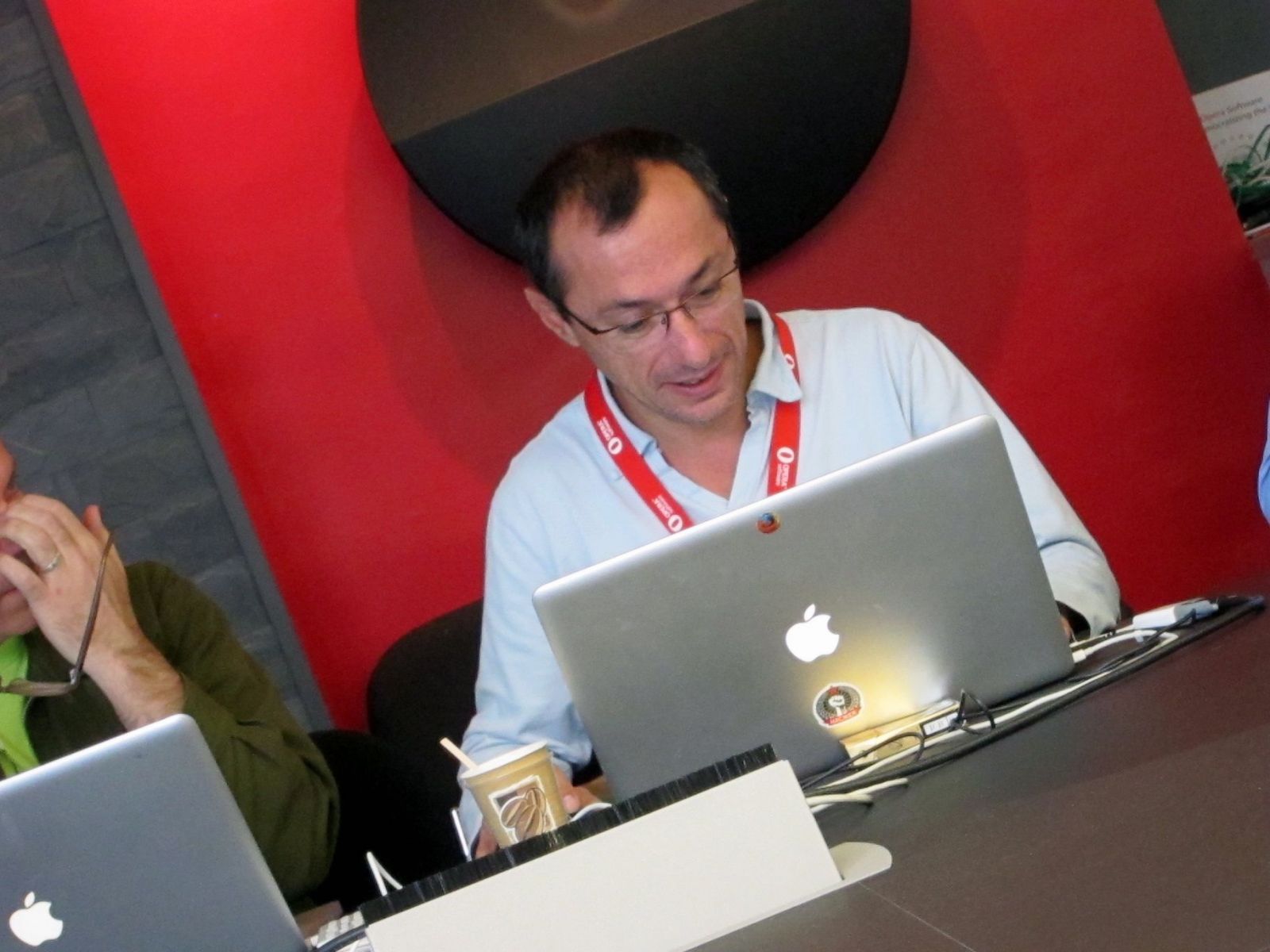2011 in review: the most productive year in CSS?
Molly Holzschlag, standardista and open web evangelist, looks back at the work of the W3C’s CSS Working Group in 2011 and gives her thoughts on what's working and what's challenging
Known for drama, the CSS Working Group left those days behind in 2011. Armed with revisions to the group's charter, strengthening of leadership, expansion of the group's active members, a more open public face and the wise application of modularisation, 2011 may have been the most productive year in CSS yet.
What's working
Here are a few on my list of what's actually working in the W3C's CSS Working Group:
Modularisation proves wise
That we've broken CSS into modules has proven to be a very effective move for everyone. Modules are discussed, refined, implemented and tested as discrete specs within the parent, conventional spec we refer to as CSS3. As a result we have new selectors, media queries and style attributes. CSSOM, Paged Media and Generated Content for Paged Media got plenty of attention, too.

Strong leadership, multiple voices
The CSS Working Group has more active members than ever, as well as strong leadership. This is reflected in the group's co-chairs Daniel Glazman (Disruptive Innovations) and Peter Linss (HP). With bell and gavel, they lead a large and wonderfully opinionated group as close to consensus as anyone could
Fastest movement to rec yet
In other words: Stuff got done. Here's a taste of the best:
Flexible Box Module: Shout out to Tab Atkins (Google) along with Alex Mogilevsky (Microsoft) and David Baron (Mozilla) for steering this amazing spec with incredible passion, originally proposed by Mozilla, Netscape and Opera.
Grid Layout: Microsoft For the WIN! Editors Markus Mielke and Alex Mogilevsky (Microsoft) for this one.
Get the Creative Bloq Newsletter
Daily design news, reviews, how-tos and more, as picked by the editors.
Regions and Exclusions: Wow. If you haven't looked yet, this stuff is very juicy. Presented by Vincent Hardy and other members from Adobe, this may be one of the coolest visual design/layout solutions we've seen in CSS yet.
Of course, the success of of CSS transitions, animations and gradients has to be mentioned, despite my own stubborn belief these are only in CSS because of late implementations of SVG. For designers, I'm happy. For the sake of "pure" CSS, not so much.
What's challenging
Having a large, global group places logistical stress on everyone. From members who have to go through vast amounts of paperwork to ensure travel funds, to invited experts who have to spend their own savings or sit out F2F events, ensuring a logical workflow is undeniably difficult. Add to that a wide range of platform, user agent, operating systems, applications, languages, abilities and data formats, and it all too easily becomes a contemporary Tower of Babel.
These challenges are what the World Wide Web was meant to transcend. Apparently, we still need more time.
What's troublesome
The quest for speed seems to be overpowering implementation issues. I get it – people are frustrated and want so many features on all levels of the web. Wisdom does show us, however, that quality does demand a bit of patience – particularly when we are a collaborative and distributed group.

There's also a concern about splitting factions. The influence of HTML5 and especially "The Living Standard" concept is apparent. Glazman insists that this desire be contained. I'm inclined to agree for this reason: We are producing measurable work.
Other splits are coming from devs themselves who are frustrated with the limitations of CSS. Some want it to be more programmatic – building preprocessors or attempting to push even more programming into what began as a declarative style language. Polyfills, jQuery and other glue has been necessary if people want to push design and applications forward. It makes sense, but I question the long-term viability of patchwork. Don't you?
As we've all heard, we shouldn't break what's already fixed.
What's next
There's so much work yet to be done! I look forward to consistent implementations of layout features especially. I think this is where we need the most attention and it seems that others mostly agree. That, and variables. The long fight for CSS variables hearkens back to before my time with the group. "I think CSS Variables should be on top" Glazman insists.
I bet most web folk will agree.

Thank you for reading 5 articles this month* Join now for unlimited access
Enjoy your first month for just £1 / $1 / €1
*Read 5 free articles per month without a subscription

Join now for unlimited access
Try first month for just £1 / $1 / €1
The Creative Bloq team is made up of a group of design fans, and has changed and evolved since Creative Bloq began back in 2012. The current website team consists of eight full-time members of staff: Editor Georgia Coggan, Deputy Editor Rosie Hilder, Ecommerce Editor Beren Neale, Senior News Editor Daniel Piper, Editor, Digital Art and 3D Ian Dean, Tech Reviews Editor Erlingur Einarsson, Ecommerce Writer Beth Nicholls and Staff Writer Natalie Fear, as well as a roster of freelancers from around the world. The ImagineFX magazine team also pitch in, ensuring that content from leading digital art publication ImagineFX is represented on Creative Bloq.
